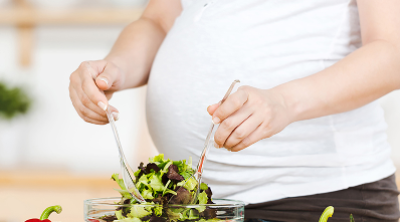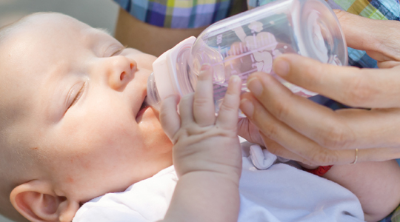

How Does Reflux Occur in Newborns, What Should Be Done?
Although babies are born with a body structure that can maintain their important functions, they continue to develop. In this case, some underdeveloped organs may make the baby more susceptible to certain diseases. The most common of these diseases is the reflux of the baby.
Physiological Reflux
The underlying cause behind infantile reflux is that the muscles that open and close the intestine separating the stomach and digestive tract are not fully developed. Therefore, in some cases, gastric juice may escape to the esophagus of the baby and may cause reflux. However, don't panic as we mentioned before, because reflux is entirely physiological, and this reflux disease is not considered in the risk group.
Vomiting is the Most Important Reflux Symptom
Although most of the physiology reflux experienced by a baby is not considered a disease, it can have a negative impact on the quality of life of the baby. However, especially in newborn babies, the gas may be confused with the mother's reflux. The mother believes that the baby has gas pain, and in fact, the baby feels uncomfortable due to reflux. In this case, the mother must know the symptoms of infant reflux. The most common symptom of physiological reflux is vomiting. However, reflux is a disease that is easily confused with many diseases. In this case, the mother must observe her child.
What To Do To Reduce Reflux Risk
After the mother determined that the baby had reflux symptoms, reflux treatment was started. As we mentioned at the outset, physiological reflux is not considered a disease, but it can be eliminated by focusing on a few things. Within this framework,
- Babies should only feed a small amount,
- Take care to remove the gas after each feeding,
- Do not drop your baby after feeding.
- Keep the baby in a slightly elevated position when the baby is lying down.
Especially in newborns, it is necessary to pay attention to pain. Mothers can use the anti-colic bottle to feed breast milk to the baby. When selecting a bottle, we recommend that you choose a model made of polypropylene or pure borosilicate glass to prevent the baby from swallowing during feeding, and because it is resistant to sudden and high temperature changes, it is easy to fill and clean, so it can be easily disinfected. Ergonomic structure.







 English
English











